A Fife soldier fatally wounded during the First World War has finally been honoured more than a century after his death.
Private Robert Easson, of St Monans, died on November 14 1919, three years after he was shot in battle in France.
And while the 26-year-old was returned for burial in his local churchyard, his resting place was never marked.
However, Robert was finally given the honour he deserved when a headstone was unveiled in a poignant ceremony on Friday.
Members of his family were joined by The Black Watch Association, the Commonwealth War Graves Commission (CWCG) and the Lord Lieutenant of Fife Robert Balfour.
Robert’s great-great-niece Fay Wills, of Leven, said she was delighted he was being recognised.
And she added: “Today we remember all the soldiers who have died – husbands, fathers, brothers, sweethearts – never to return home to their loved ones.
“May their lives not be in vain.”
Act of Remembrance at Fife soldier’s grave
As the group gathered at St Monans Old Churchyard, Robert was remembered in prayer.
A piper played as guests arrived before CWCG volunteer Jacob Downie recited the John McCrae poem In Flanders Fields.
An Act of Remembrance was then led by Major Ronnie Proctor and Sergeant Major Rob Scott of the Black Watch Association.
And after the Last Post rang out, those gathered held a two-minute silence.
Robert Easson was born in Buckhaven and worked as a coal miner.
However, he enlisted as a private in the 7th Regiment, Black Watch, at the outbreak of the First World War.
His coal mining experience led to work as a tunneller.
But he was severely wounded at Neuville-Saint Vaast, near Arras, France, on May 24 1916.
And he was transferred to Alder Hey Military Hospital in Liverpool, where he later died.
The cause of death was given as a gunshot wound to the hip.
Name added to Scottish National War Memorial
Patricia Keppie, public engagement co-ordinator with the CWGC, said Robert’s actual burial place was now under a car park.
Therefore, the new headstone was erected as close as possible to where it should be.
“As families do research, they’re finding out their ancestors’ graves haven’t been properly marked as a war grave,” she said.
“We verify the details and if it’s confirmed, we install a headstone.”
Robert’s death has also been recorded on the Scottish National War Memorial at Edinburgh Castle.
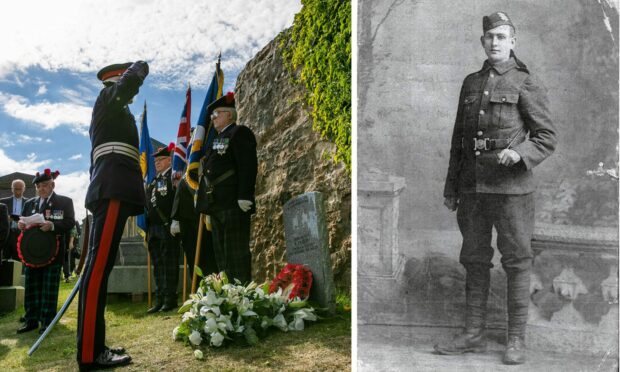
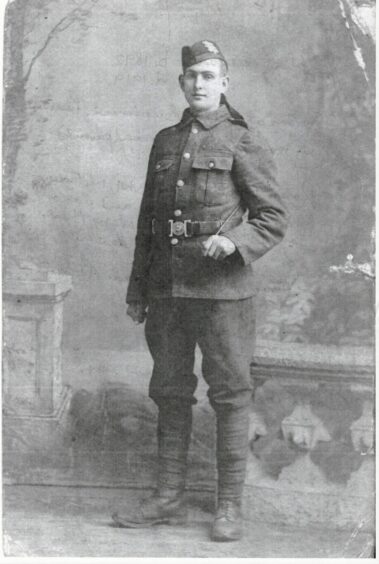
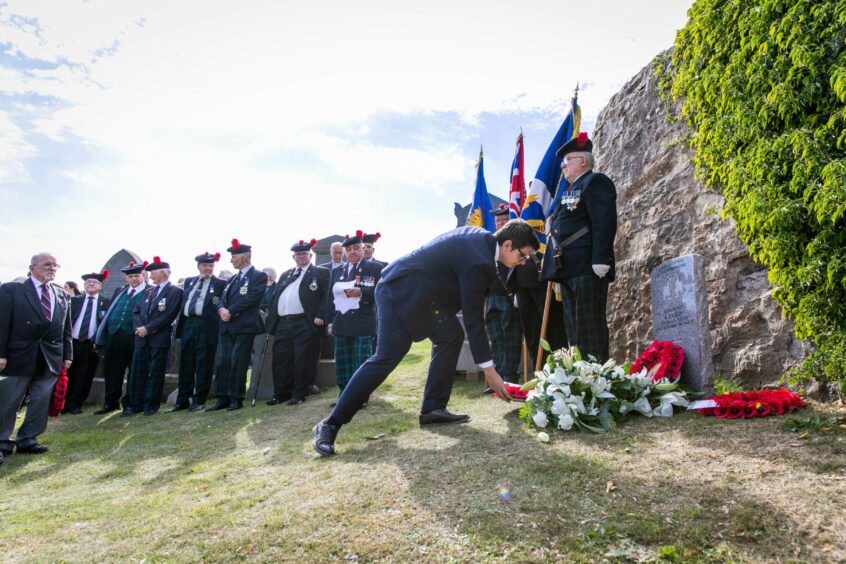
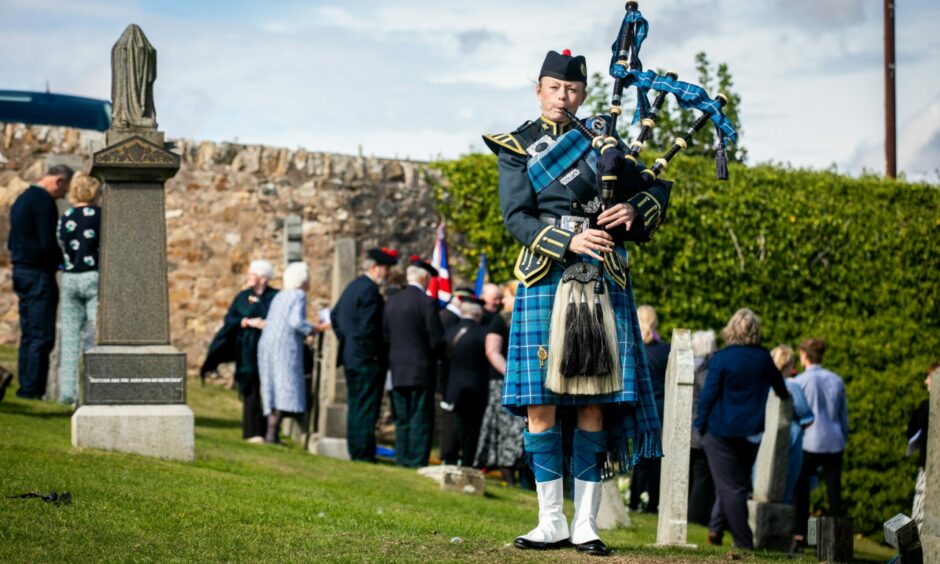
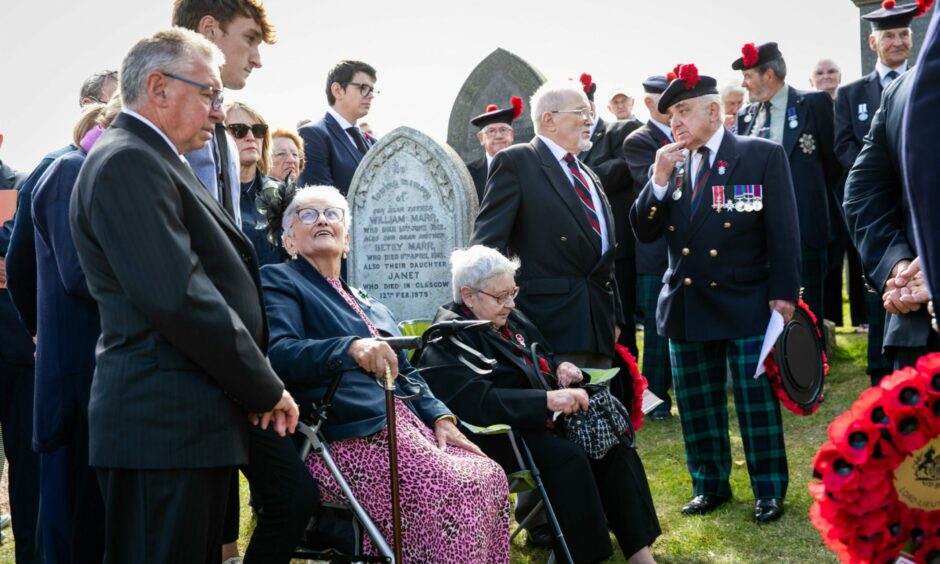
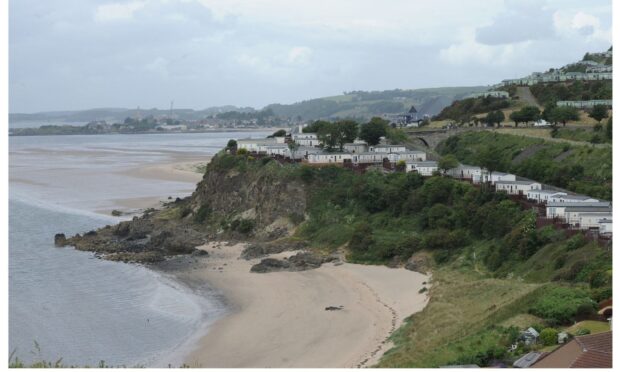
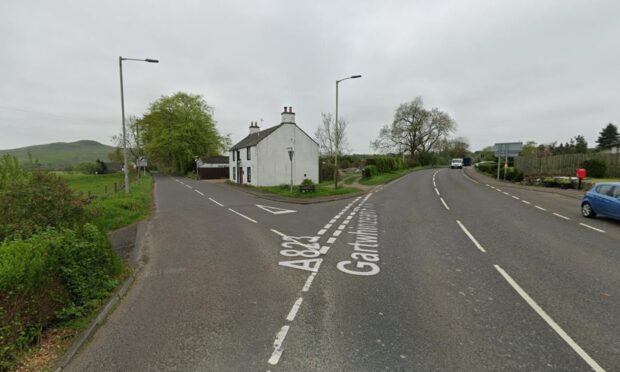
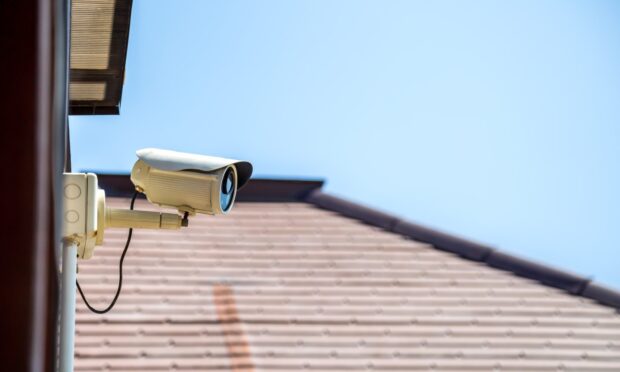

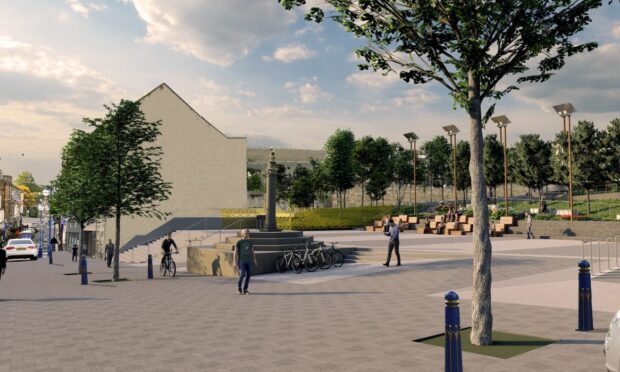

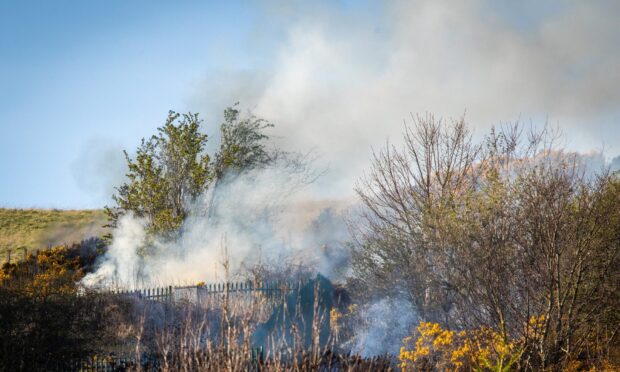

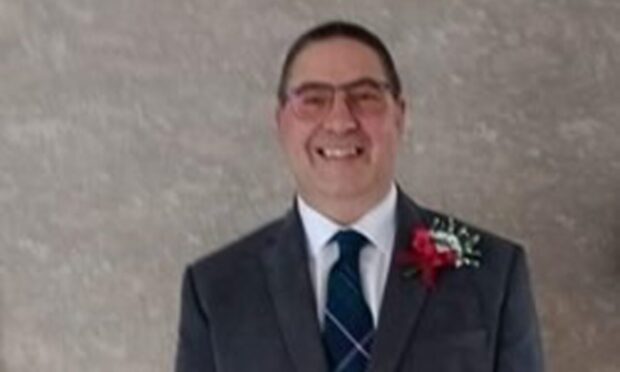
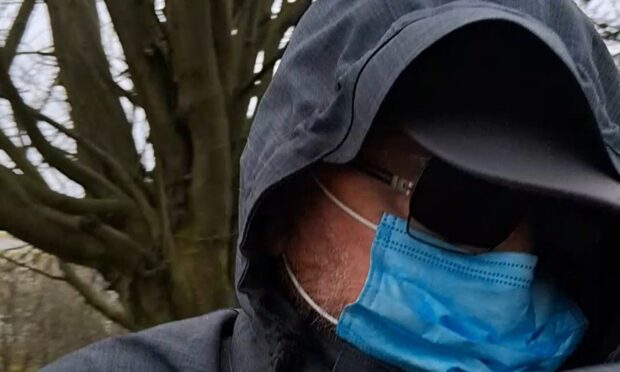
Conversation